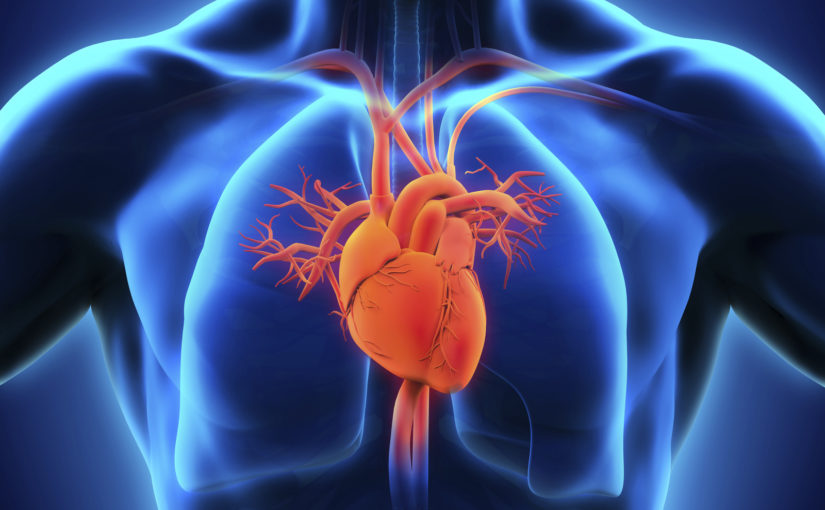Apr 8, 2024UGA’s ECG screenings provide deeper insights into cardiac arrest
Sudden cardiac arrest is the number one cause of death in the United States for student-athletes during exercise. Caused by a structural or electrical problem associated with the heart, sudden cardiac arrest happens when the heart unexpectedly stops beating and pumping blood.
Several studies consistently showed that sudden cardiac death (SCD) is more common in male compared to female athletes. A study by Corrado et al. on more than 110,000 athletes reported an incidence rate of SCD of 2.6/100,000 person-years in male athletes compared to 1.1/100,000 person-years in female athletes.
 But the male athletes can be further divided by race, and some sports medicine professionals are speaking out for more effective measures to identify who is most at risk and how to help them.
But the male athletes can be further divided by race, and some sports medicine professionals are speaking out for more effective measures to identify who is most at risk and how to help them.
A recent long-form story from CNN profiled University of Georgia basketball player Braelen Bridges, who was found to have an enlarged aorta, and others about this expanded cardiac screening and how it affects Black athletes.
Below is an excerpt from the CNN story.
Recent high-profile cases of cardiac arrests in otherwise healthy Black athletes like Damar Hamlin and Bronny James have put a focus on thorough cardiac screenings for athletes, something that many experts have been emphasizing for years, especially in players like Bridges who fall into the highest-risk category.
Young Black male basketball players in the NCAA’s Division I have a 1 in 2,000 chance of sudden cardiac arrest, according to a 2020 study co-authored by Dr. Jonathan Drezner, director of University of Washington Medicine’s Center for Sports Cardiology, published in the British Journal of Sports Medicine.
By comparison, their White counterparts have a 1 in 5,000 chance, according to the research.
It’s a statistic that Drezner thinks about a lot – it’s hard not to do so in the middle of March Madness – but what Drezner hopes is that all the players on the court have had extensive cardiac screening.
“There’s no excuse,” he said.
Most athletes, even those in high school, will have a cardiac screening. It often involves collecting information about family history and conducting a basic physical exam.
The athlete might answer questions like, have you ever had tightness in your chest during exercise? Or, has any family member or relative died of heart problems?
The physical will measure things like blood pressure and pulse and listen for heart murmurs.
» ALSO SEE: UT study suggests activity lengthens REM latency
UGA’s cardiac screening program goes a step further. Since 1995, the university has included an electrocardiogram or ECG and an echocardiogram for all student-athletes as part of its pre-participation physical exam. An ECG, sometimes called an EKG, looks at the heart’s electrical activity, and an echocardiogram looks at the blood flow through the heart and its valves.
Even if these screenings can’t catch every problem, each additional athlete with a cardiac condition whom they can identify is a chance to help, said Drezner, who says an ECG screening in addition to family history and a physical is the best practice for cardiac screening.
“We can intervene in most of those cases and make them safer.”
To read the full story from CNN.com, click here.



